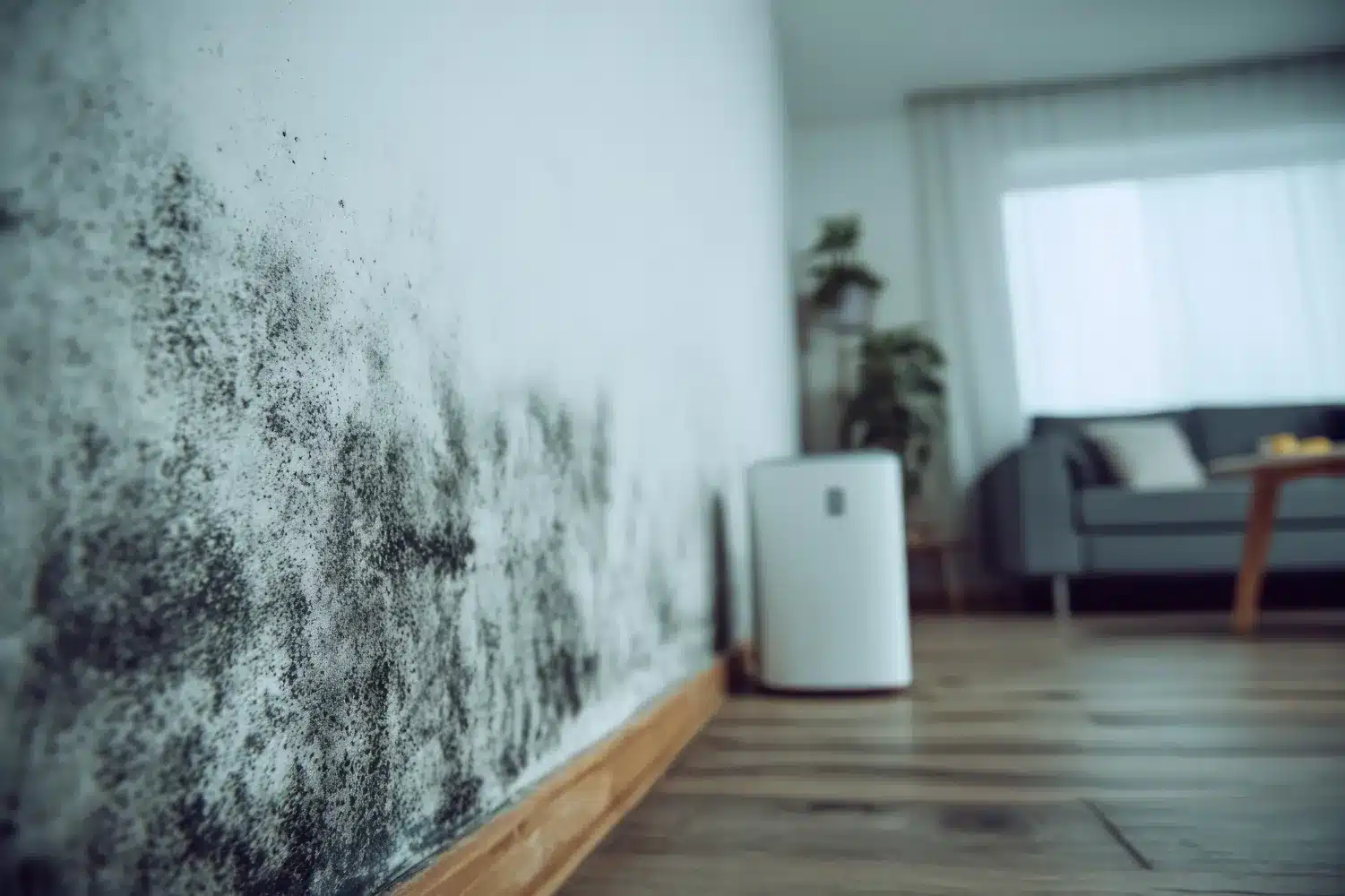Introduction to Mold
Mold growth is a serious issue for homeowners, especially during the rainy season when moisture levels rise. Left unchecked, mold can lead to health problems like allergies and respiratory issues, and can also cause damage to walls, ceilings, and furniture. Mold thrives in damp, humid environments and often goes unnoticed until visible signs appear—or until a musty odor takes over your home. Understanding the causes of mold growth and taking preventative measures like proper ventilation and regular inspection is essential for maintaining a healthy, mold-free home. Let’s explore how to deal with mold effectively.
Causes of Mold Growth
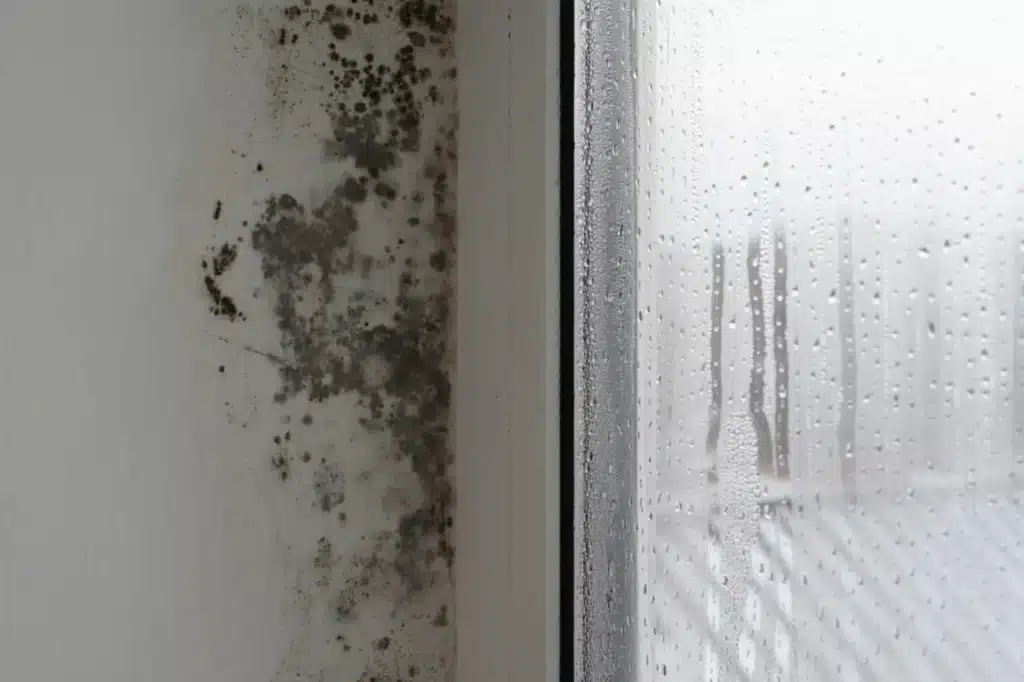
- Water leaks, roof leaks, plumbing leaks, and poor humidity control can all contribute to mold growth.
- Mold grows in damp, wet environments, and can be exacerbated by poor ventilation.
- Condensation occurs when warm, moist air meets cold surfaces, such as windows or walls, creating water droplets that can foster mold growth.
- A poorly ventilated home with stagnant air and higher air temperature can create ideal conditions for mold to thrive.
- Visible mold growth is often a sign of a larger mold problem, and removing mold requires addressing the underlying cause.
- High indoor humidity can lead to mold growth, especially in areas with poor air circulation.
- Leaking pipes and water stains can also contribute to mold growth, making it essential to address these issues promptly.
Signs of Mold
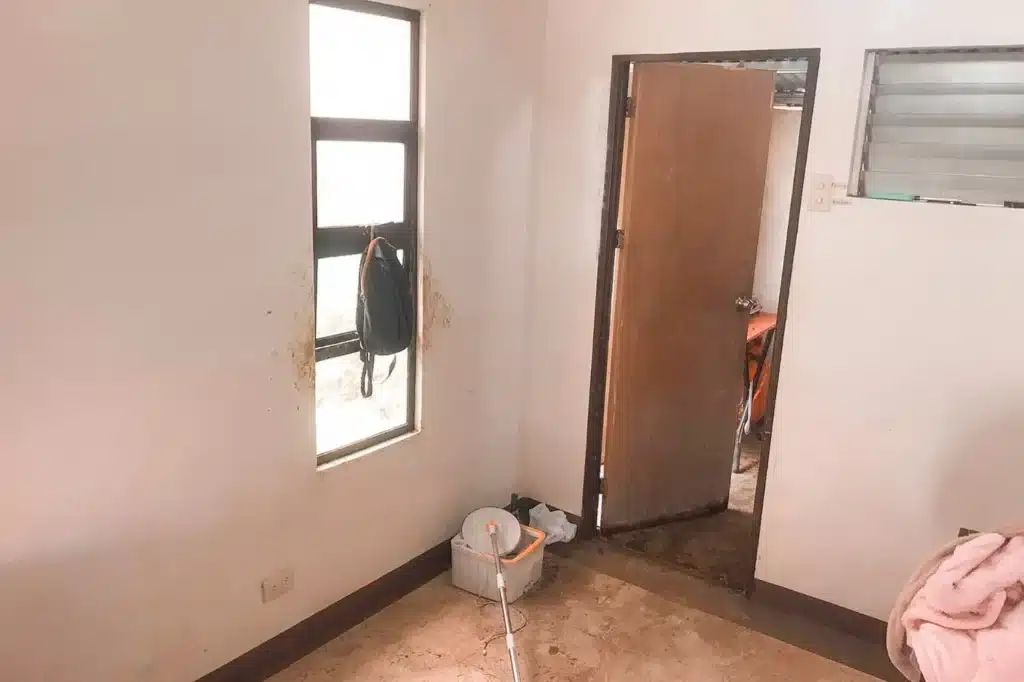
- Musty odor is a common sign of mold presence, and can indicate hidden mold growth. Sometimes mold is not immediately visible, but if you smell mold or notice an earthy odor, it may signal hidden mold in your home.
- Visible mold growth on walls, ceilings, or floors is a clear indication of a mold problem. During the rainy season, moldy surfaces are especially common due to increased moisture, leading to health risks, property damage, and unpleasant odors. Black mold, which appears as dark or black patches, is a particularly concerning type due to potential health risks.
- Dark grout or staining between bathroom tiles can be a sign of mold growth in bathrooms, especially in areas with excess moisture or leaks.
- Allergy-like symptoms, such as runny nose or sneezing, can be a sign of mold exposure.
- Bubbling paint or peeling wallpaper can be a sign of hidden mold growth.
- Water stains or discoloration on walls or ceilings can also indicate mold growth.
- Wet towels or damp fabrics left in bathrooms or laundry areas can contribute to mold growth.
Health Effects of Mold Exposure
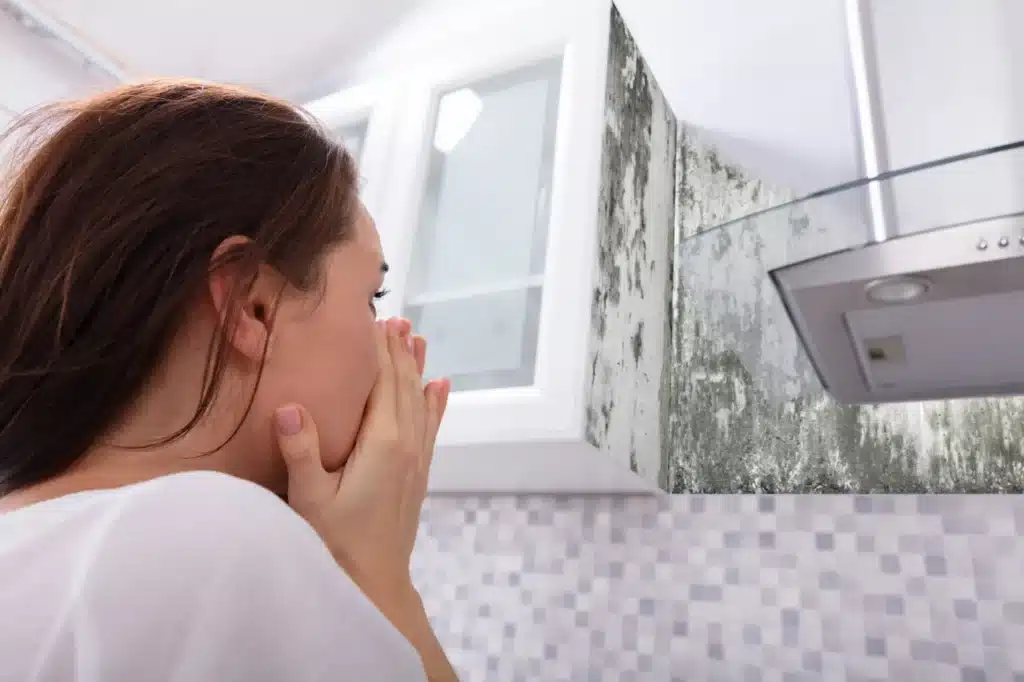
- Mold exposure can lead to health issues, including respiratory problems, allergic reactions, and other symptoms.
- People with weakened immune systems are more susceptible to mold-related health complications, such as respiratory issues.
- Mold can trigger allergy-like symptoms, such as sneezing or congestion.
- Prolonged mold exposure can lead to more severe health problems, including infections or pneumonitis.
- It’s essential to remove mold promptly to prevent mold exposure and related health issues. Exposure to other molds, not just the most common types, can also cause health concerns.
Health Risks of Mold
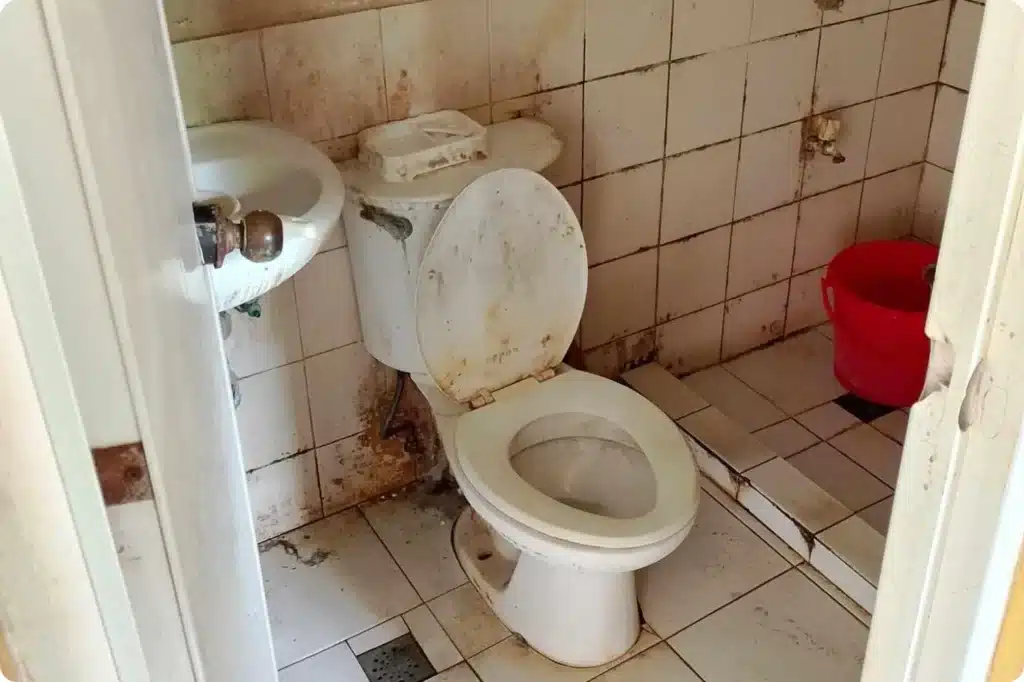
Mold exposure is more than just an inconvenience—it can pose serious health risks for everyone in your household. When mold spores are released into the air, they can be easily inhaled, leading to a variety of health problems, especially for those with allergies, asthma, or weakened immune systems. Even if you don’t see visible mold growth, the presence of mold spores in your indoor air can trigger persistent allergy symptoms like sneezing, runny nose, itchy eyes, and skin irritation.
For individuals with respiratory issues, such as asthma or chronic bronchitis, mold exposure can make symptoms worse and even lead to severe respiratory infections. Mold growth in your home can also cause coughing, wheezing, and shortness of breath, making it difficult to maintain a healthy living environment. People with weakened immune systems—including young children, the elderly, and those with chronic illnesses—are at an even higher risk for developing serious health complications from mold exposure, such as lung infections or allergic reactions that require medical attention.
Long-term exposure to mold spores can contribute to ongoing health problems, including chronic sinus infections, fatigue, and in rare cases, more severe conditions like pneumonitis. That’s why it’s crucial to address any sign of mold growth immediately and take steps to prevent mold from returning. By staying vigilant and proactive, you can protect your family’s health and ensure your home remains a safe, mold free environment.
Indoor Air Quality
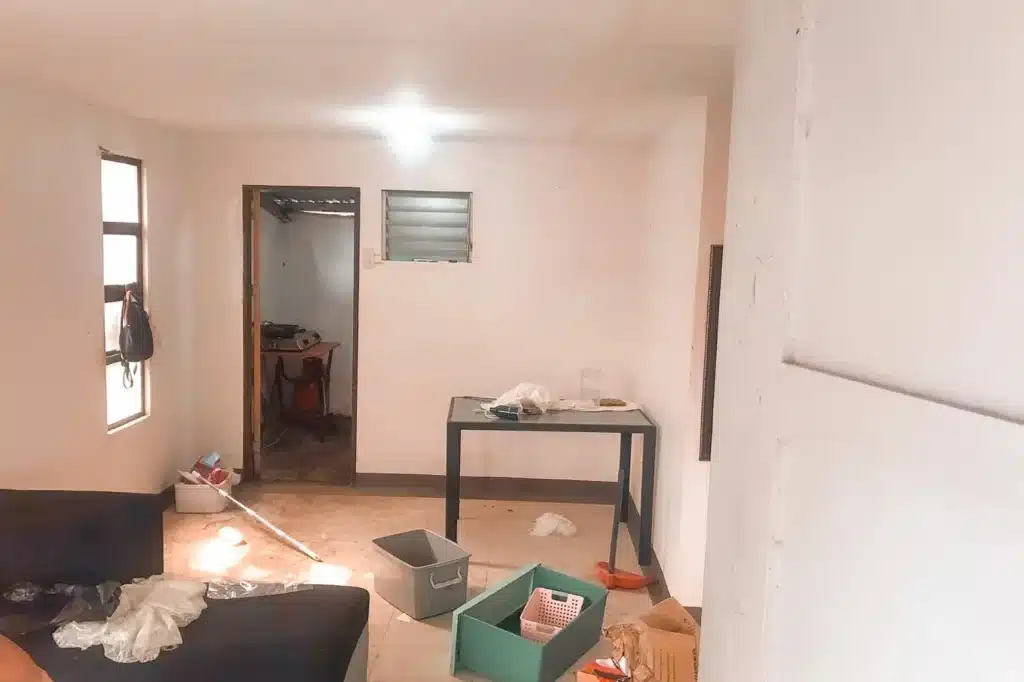
- Poor indoor air quality can contribute to mold growth and exacerbate health issues.
- Proper ventilation is crucial for maintaining good indoor air quality and preventing mold growth.
- Regular cleaning and maintenance of air ducts and HVAC systems can help prevent mold growth and improve indoor air quality.
- Air conditioners and exhaust fans can help reduce indoor humidity and prevent mold growth.
- Regular mold cleanup and removal can help improve indoor air quality and prevent future mold growth.
- It’s essential to address mold problems promptly to prevent long-term health complications.
Hidden Mold
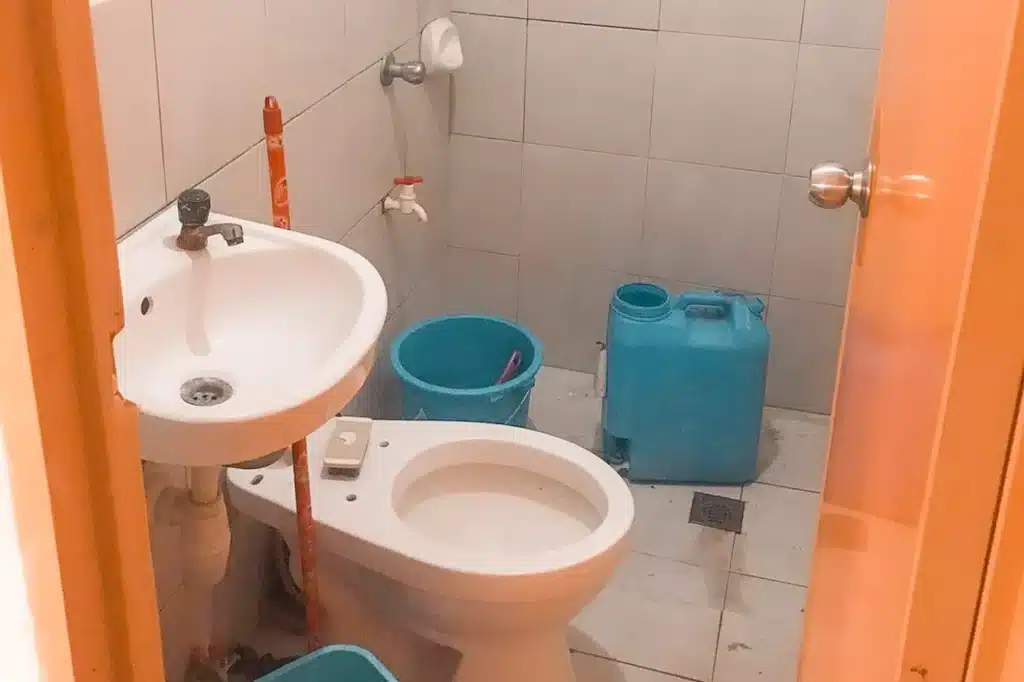
- Hidden mold can grow behind walls, in ceilings, or under floors, making it difficult to detect.
- Musty odor or signs of water damage can indicate hidden mold growth.
- Mold can grow in poorly ventilated areas, such as damp basements or crawl spaces.
- Regular mold inspection can help identify hidden mold and prevent mold problems.
- It’s crucial to address hidden mold promptly to prevent health complications and property damage.
Prevention of Future Mold Growth
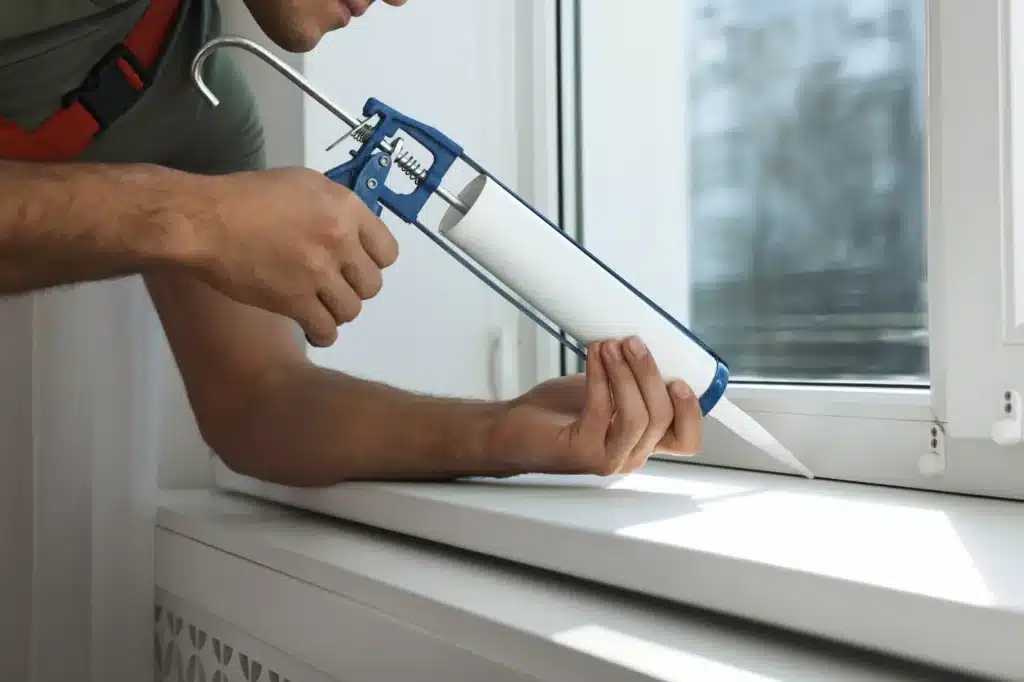
- Preventing mold growth requires controlling indoor humidity and ensuring proper ventilation.
- Fixing water leaks and addressing water damage promptly can help prevent mold growth.
- Regular mold inspection and removal can help prevent future mold growth.
- Using air conditioners and exhaust fans can help reduce indoor humidity and prevent mold growth.
- It’s essential to maintain a mold-free environment to prevent health issues and property damage.
High Humidity Solutions
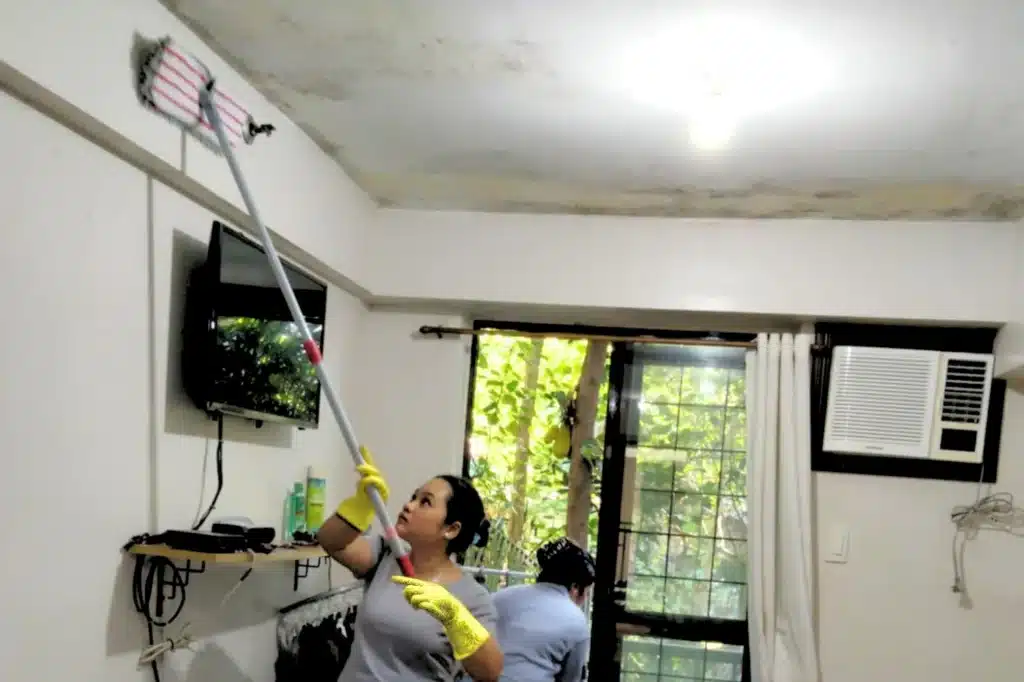
High humidity is one of the leading risk factors for mold growth in homes, especially during the rainy season. To prevent mold growth and keep your living space healthy, it’s important to manage indoor humidity effectively. Start by using dehumidifiers in areas prone to excess moisture, such as basements, bathrooms, and laundry rooms. Installing exhaust fans in kitchens and bathrooms helps remove humid air and maintain proper ventilation, which is essential to prevent mold.
Improving air circulation by opening windows when weather permits, or using whole-house fans, can also help reduce indoor humidity. Make sure to address water leaks and condensation issues immediately, as even minor leaks can create a wet environment where mold thrives. Regular maintenance of your air conditioning system is crucial, as clogged or poorly functioning units can contribute to moisture buildup. For added protection, consider placing desiccants or silica gel packs in closets or other enclosed spaces to absorb excess moisture. By taking these steps, you can significantly reduce the risk of mold growth and maintain a mold-free environment in your home.
Mold Cleanup and Removal
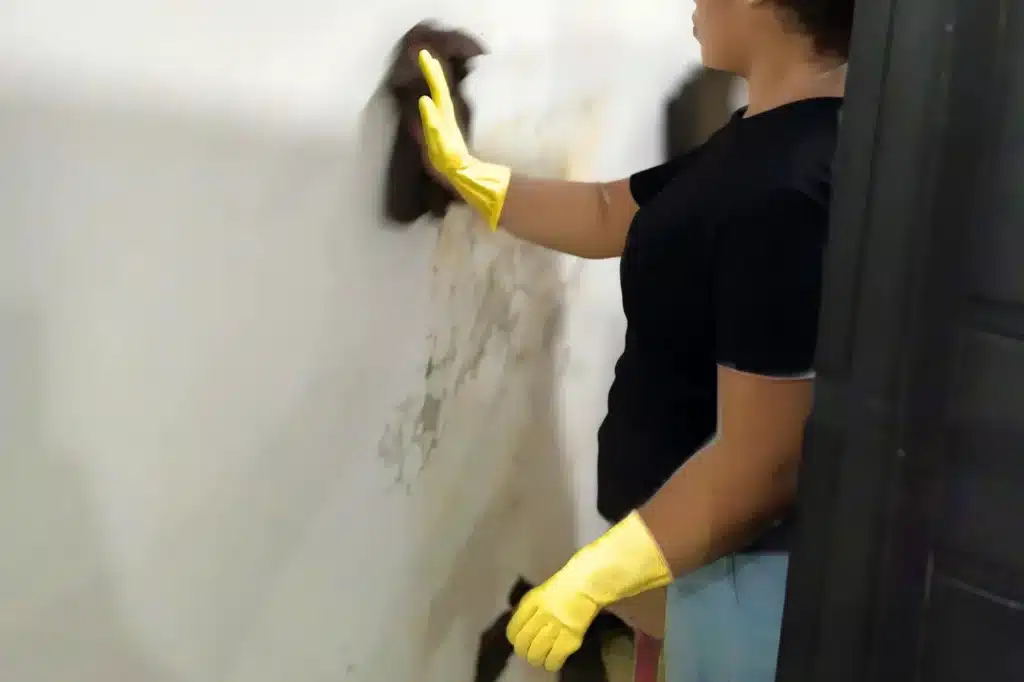
- Removing mold requires addressing the underlying cause of the mold growth.
- To effectively remove mold, scrub mold from affected surfaces using a solution of water and bleach. Deep cleaning methods are specifically designed to kill mold and prevent it from spreading further.
- Porous materials, such as ceiling tiles or carpets, may need to be discarded if they are heavily infested with mold.
- It’s essential to wear protective gear, including gloves and a mask, when removing mold.
- Regular mold cleanup and removal can help prevent future mold growth and health complications.
Allergy Like Symptoms
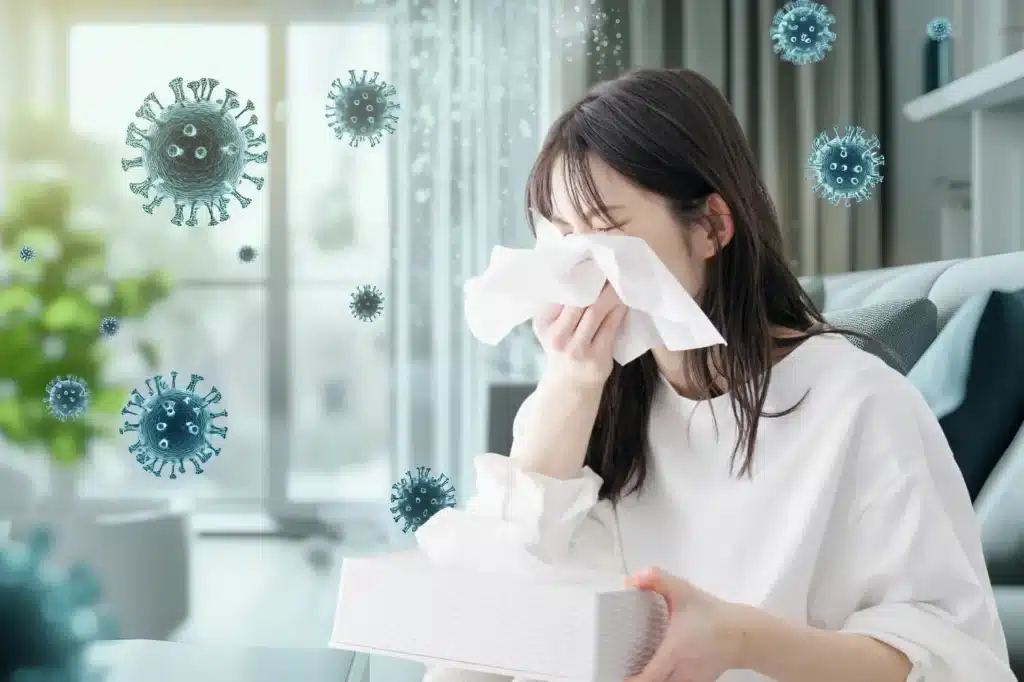
- Allergy-like symptoms, such as sneezing or congestion, can be a sign of mold exposure.
- Mold can trigger allergic reactions, especially in people with weakened immune systems.
- Removing mold promptly can help alleviate allergy-like symptoms and prevent long-term health complications.
- It’s essential to address mold problems promptly to prevent health issues and property damage.
- Regular mold inspection and removal can help prevent future mold growth and related health issues.
Mold Growing in Unseen Areas
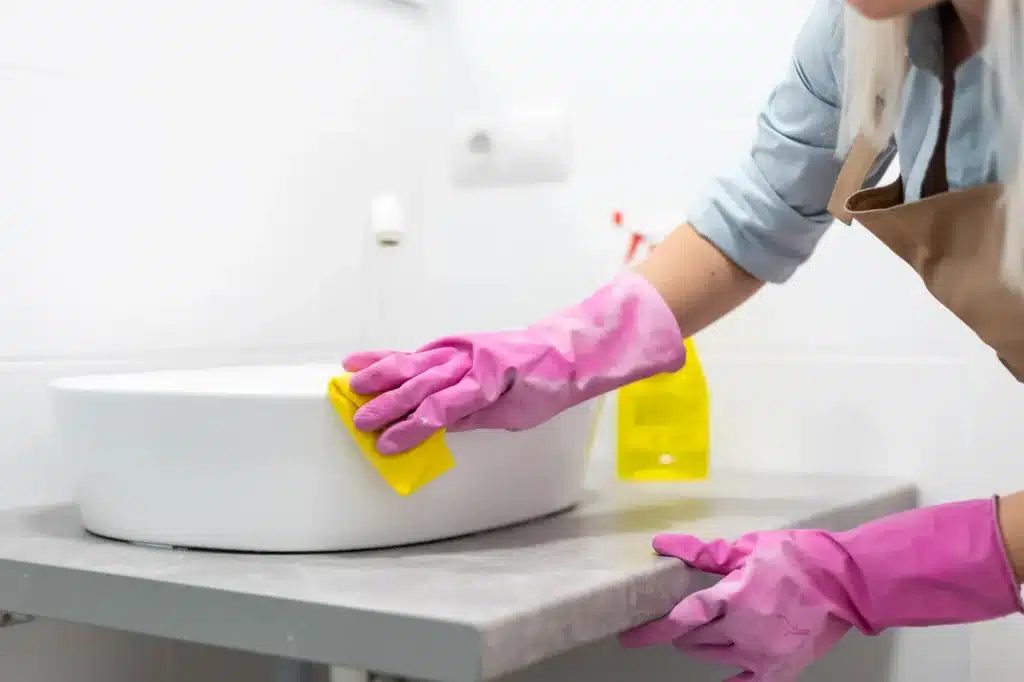
- Mold can grow in unseen areas, such as behind walls or under floors.
- Musty odor or signs of water damage can indicate mold growth in unseen areas.
- Regular mold inspection can help identify mold growth in unseen areas and prevent mold problems.
- It’s crucial to address mold growth in unseen areas promptly to prevent health complications and property damage.
- Using specialized equipment, such as moisture meters, can help detect mold growth in unseen areas.
Importance of Professional Inspection
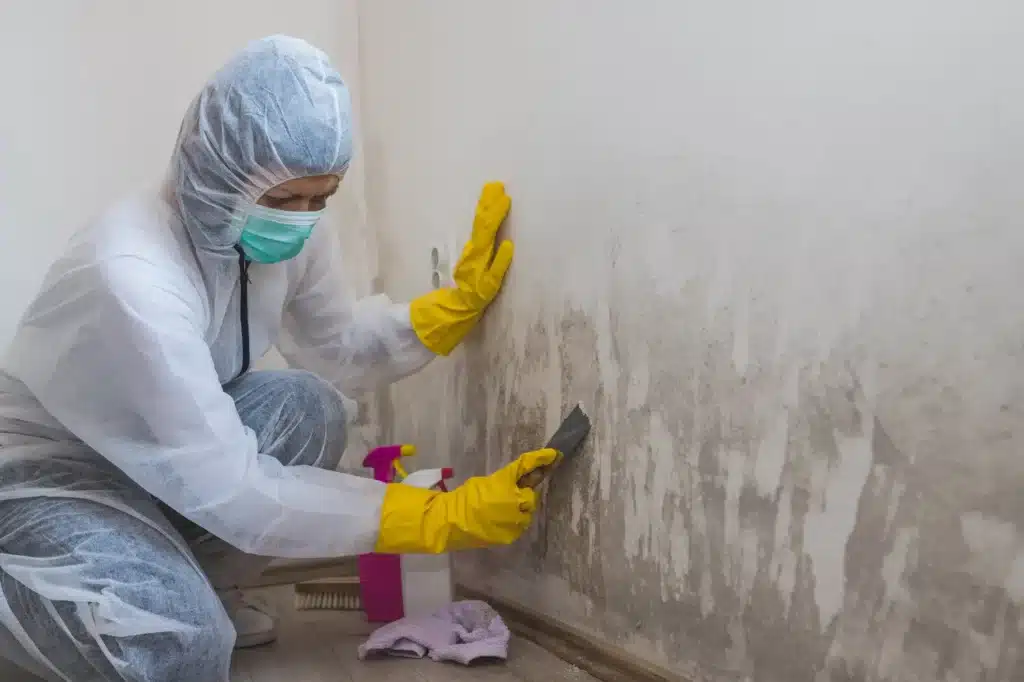
- Professional mold inspection can help identify hidden mold and prevent mold problems. If you suspect mold but cannot see it, a professional inspection can use specialized tools like air quality testing and moisture mapping to detect hidden issues.
- Regular mold inspection can help prevent future mold growth and related health issues.
- Professional mold remediation can help ensure that mold is removed safely and effectively.
- It’s essential to hire a professional mold removal service to ensure that mold is removed promptly and effectively.
- Professional mold inspection and removal can help maintain a mold-free environment and prevent health issues.
Why Choose a Professional Mold Removal Service
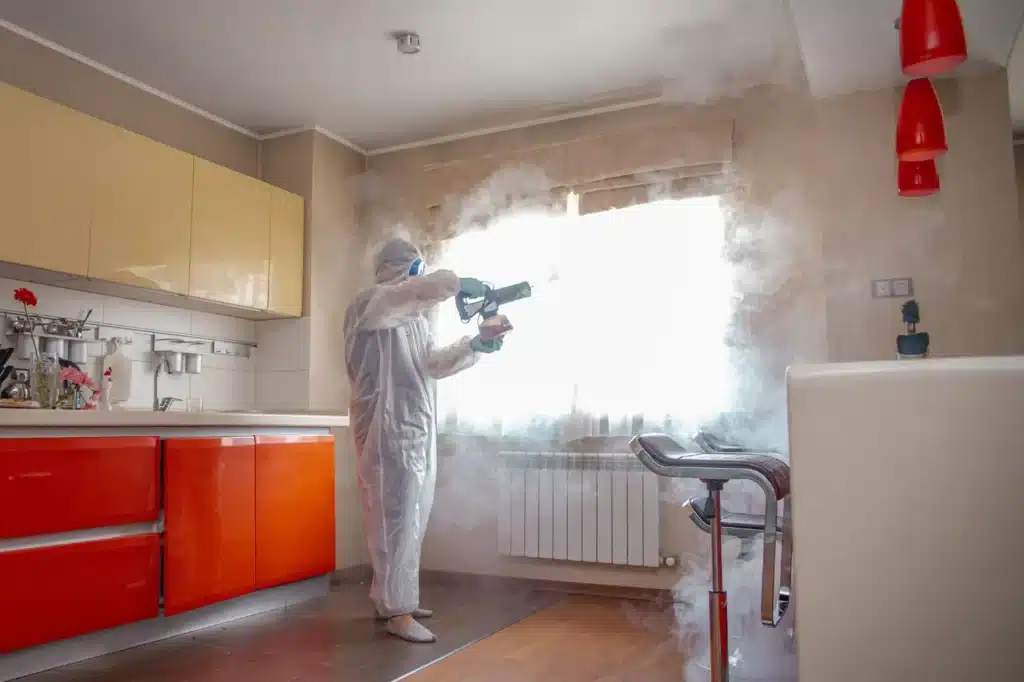
While small patches of visible mold can sometimes be handled with DIY methods, larger mold problems or recurring mold growth require the expertise of a professional mold removal service. Professionals are trained to safely remove mold and mold spores, using specialized equipment like HEPA vacuums and air scrubbers to ensure thorough mold remediation. This not only removes all the mold you can see, but also addresses hidden mold and airborne spores that could cause future mold growth.
Professional mold removal services also focus on identifying and fixing the root cause of the mold problem, whether it’s a hidden water leak, poor ventilation, or high indoor humidity. By tackling the source, they help prevent mold from returning and ensure a truly mold free environment.Additionally, professionals follow strict safety protocols to protect your family from health risks associated with mold exposure, including toxic fumes and allergic reactions. Although hiring a professional may seem like a bigger investment upfront, it can save you time, money, and stress by preventing further mold damage and health issues down the line. Trusting experts ensures your home is thoroughly cleaned and protected against future mold problems.
Benefits of Regular Mold Cleanup
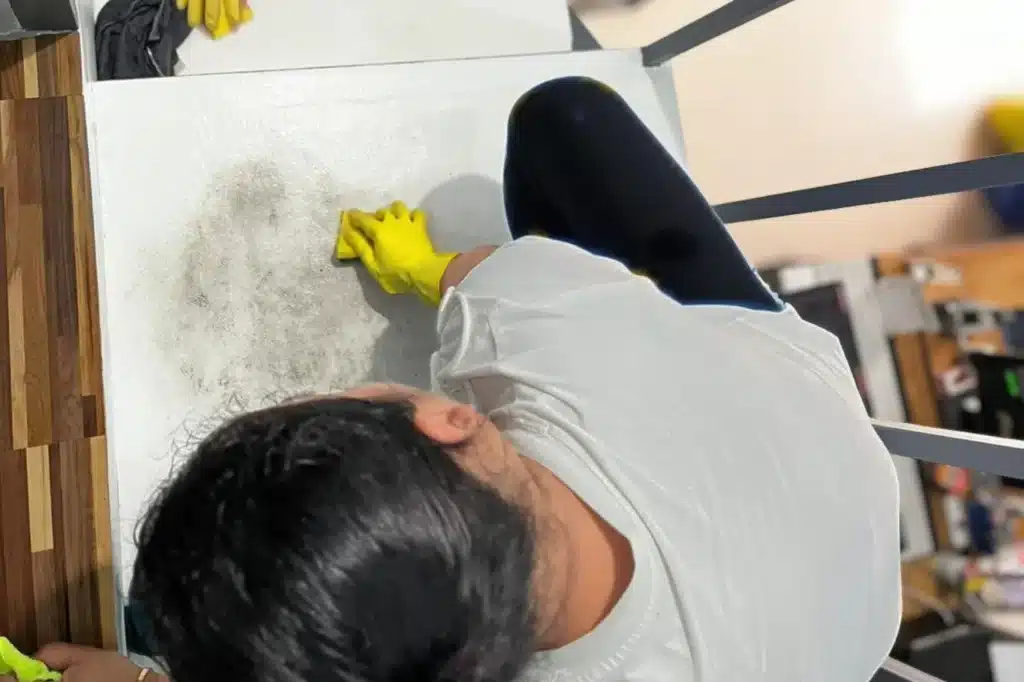
Regular mold cleanup can help prevent future mold growth and related health issues. If mold is left untreated, it can lead to more severe health problems and significant property damage.
Removing mold promptly can help alleviate allergy-like symptoms and prevent long-term health complications. Regular mold inspection can help identify hidden mold and prevent mold problems. It’s essential to maintain a mold-free environment to prevent health issues and property damage. Regular mold cleanup and removal can help improve indoor air quality and prevent mold exposure.
Conclusion
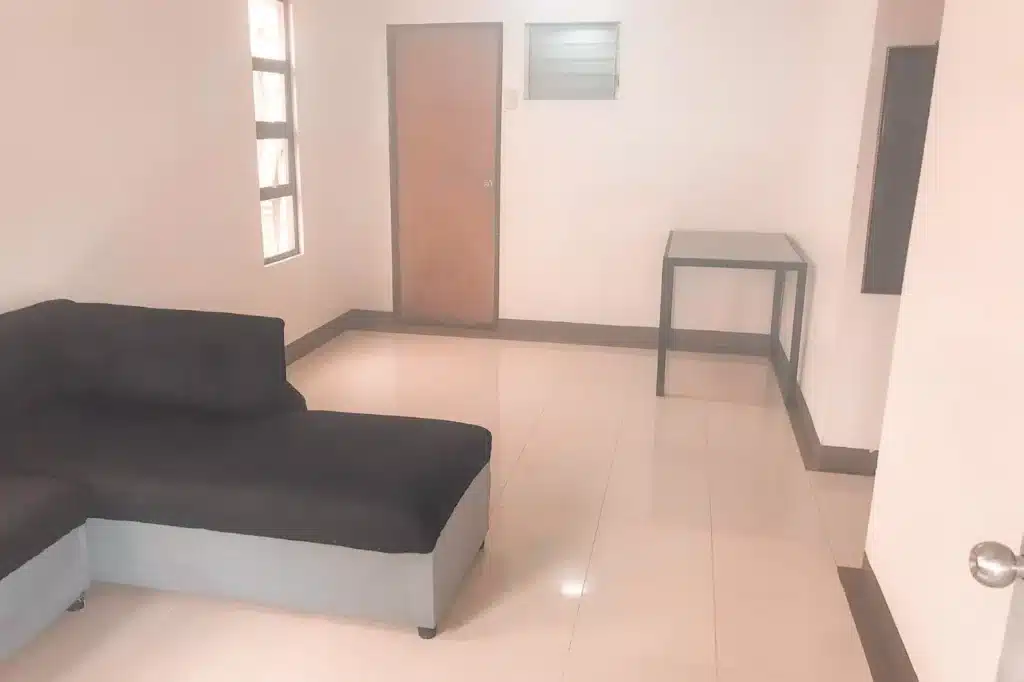
Mold growth is a serious concern for homeowners, especially during the rainy season when water leaks and high humidity are more common. Recognizing the signs of mold exposure and taking steps to prevent mold growth—such as maintaining proper ventilation, fixing leaks promptly, and scheduling regular inspections—are essential for protecting your family’s health and your property. If you notice any signs of mold, don’t wait: prompt mold removal is key to preventing further damage and health complications.
For persistent or widespread mold problems, professional mold removal services offer the expertise and equipment needed to ensure a complete and lasting solution. By staying proactive with mold prevention and addressing issues as soon as they arise, you can maintain a safe, healthy, and mold free environment in your home. Remember, preventing mold is always easier and more cost-effective than dealing with the consequences of unchecked mold growth. Take action today to keep your home protected and your family healthy.

